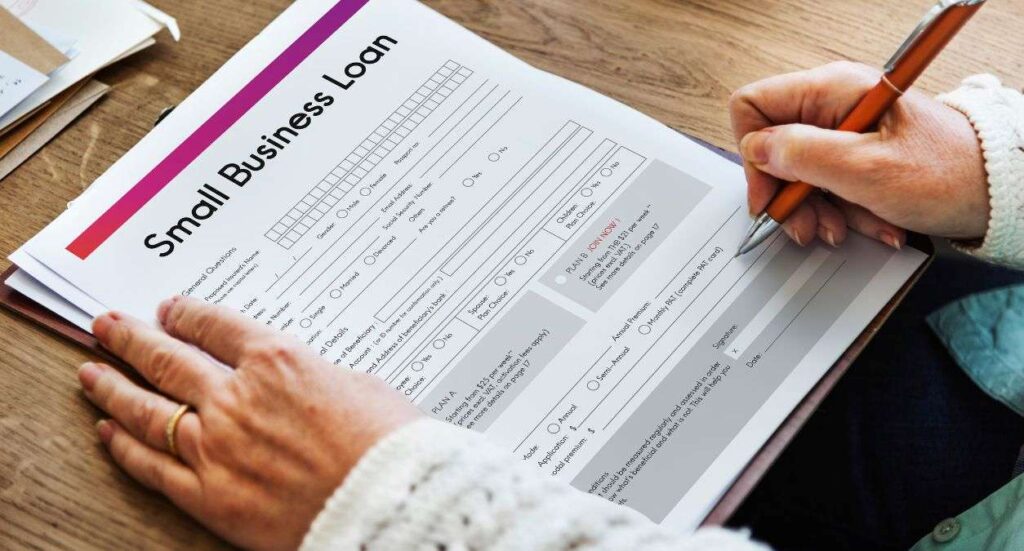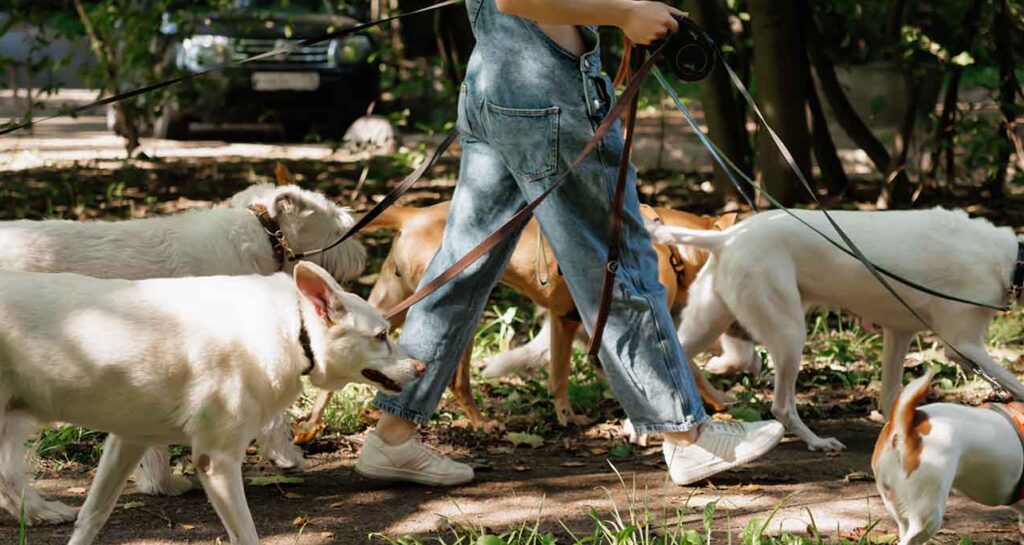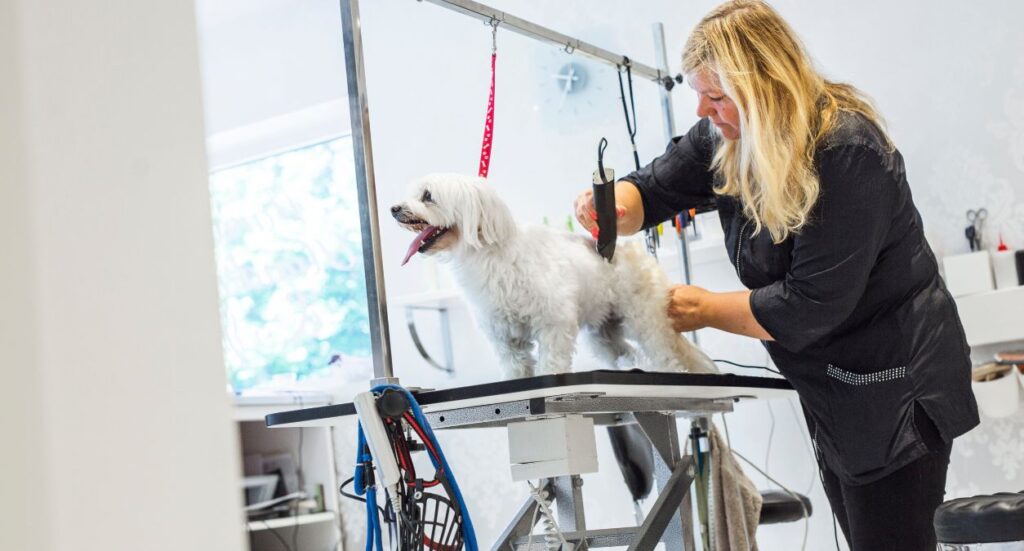Side hustles have become the norm for millions of Brits, whether it’s selling handmade crafts, freelancing, dog walking, or working a second job.
According to data from Finder, the side hustle economy in the UK is booming with 39% of Brits now having a side hustle as an additional income stream and the average side hustle making £210 a week (or £914 a month).*
With the rising cost of living, more people are looking for extra ways to boost their income – but when does this attract the attention of HMRC? Well, it looks like it has.
The latest figures from HMRC report that 65% of people operating sides hustles are generally unaware they should be registered for tax. **
In fact, HMRC have just announced a new campaign ‘Help for Hustles’ that aims to help people understand their side hustle tax obligations and tackle what they call the ‘hidden economy’.
If you earn extra income from a side hustle or ‘odd jobs’ you could be failing to pay the tax you owe, which may lead to fines down the line. We’ve picked out some key points that should help you understand whether you’re operating a side hustle, how HMRC tax side hustles and if you need to pay tax on yours.
What counts as a side hustle?
A side hustle is any work you do outside of your main employment that earns you extra cash. Whether it’s a passion project, weekend gig, or a second job, if you’re making money, it’s worth knowing the tax rules. Here some popular side hustle categories:
- Buying or making things to sell – Selling handmade or refurbished items on platforms like Etsy, eBay, Vinted, Depop, or Amazon Handmade.
- Having a side gig – Working part-time or taking on second jobs, such as tutoring, bar work, or weekend shifts.
- Working for yourself across multiple jobs – Freelancing, gig economy work (EG. TaskRabbit jobs), or offering services.
- Content creation & influencing – Earning money through YouTube, TikTok, blogging, social media sponsorships, or affiliate marketing.
- Manual labour & services – Dog walking, pet sitting, cleaning, property maintenance and gardening.
- Renting out property – Earning money through short-term lets (Airbnb), spare room rentals, or property subletting.
Even if it’s just a hobby, you may still need to pay tax if you’re earning over a certain amount.
When do you need to pay side hustle tax?
You can earn up to £1,000 a year, tax-free under the Trading Allowance.
- Earning less than £1,000? No need to declare it.
- Earning more than £1,000? You must register with HMRC and report your income.
When does a side hustle become a small business?
Not sure if your side hustle has outgrown its “extra cash” phase? Here’s when it’s time to treat it as a business:
- Earnings exceed £1,000 per year (you must register with HMRC).
- You work consistently and professionally rather than as a one-off.
- You invest in branding & marketing (e.g., website, social media ads).
- You have business-related expenses (equipment, materials, insurance).
- You’ve registered as a sole trader or limited company.
Hobby vs. Business – What’s the Difference?
If you’re making money as a one-off (e.g., selling an old laptop on eBay), it’s just personal income. But if you’re regularly selling goods or providing a service for profit, HMRC considers it a business.
Examples of when tax applies:
- Selling handmade jewellery on Etsy every month.
- Offering personal training or fitness coaching.
- Running a dog walking or pet sitting service.
- Cleaning houses or offering property maintenance services.
If your goal is to make a profit rather than just cover costs, you’re running a business, so tax applies, and it’s worth getting financial advice to stay compliant and tax efficient.
How to register & declare side hustle tax UK?
If you’re earning over £1,000, follow these steps:
- Register as self-employed on GOV.UK.
- Keep track of your income & expenses throughout the year.
- Complete a Self-Assessment tax return (Deadline: 31st January each year).
- Pay any tax and NICs owed based on your profits.
It’s smart to set aside around 20-30% of your earnings for tax, so you’re not caught off guard.
You can find out more about the new HMRC side hustle tax campaign on their website and how it’s relevant to you.
What you can claim back
It’s also worth knowing, you don’t pay tax on all your income – you can deduct expenses before tax is applied.
Common Tax-Deductible Expenses
- Equipment & tools (e.g., dog grooming kits, baking tools, event decorations)
- Travel costs (mileage, petrol, public transport for business purposes)
- Marketing expenses (website costs, social media ads, business cards)
- Office costs (if working from home, you can claim a portion of bills)
Keep all receipts and records to make sure you get the maximum tax relief!
Common mistakes & how to avoid them
- Not tracking income & expenses properly – Use a spreadsheet or accounting app.
- Assuming you don’t need to register – Even small earnings can require tax reporting.
- Missing deadlines – Late tax returns = hefty fines from HMRC.
- Forgetting to save for tax – Keep a portion of your earnings aside.
As HMRC raise awareness for their new campaign the key message is to help avoid these mistakes.
Angela MacDonald, HMRC’s Second Permanent Secretary and Deputy Chief Executive Officer, said:
“We know many people are turning their hobbies and interests into successful businesses and we’re here to help them understand their tax obligations.
Nobody wants an unexpected tax bill, so anyone with a side hustle should check HMRC’s straightforward guide and make sure they’re getting their tax right.”
Finally – side hustle tax obligations are up to you
By launching a new campaign HMRC have shown commitment to tackle the ‘hidden economy’ of undeclared income, which they estimated at £2.2 billion in the 2022-2023 tax year. **
From HMRC’s perspective paying taxes is your responsibility so if you fail to follow the rules and get caught, excuses and common mistakes are unlikely to be valid, so make sure you’re fully aware where you stand.
* Source: https://www.finder.com/uk/business-banking/side-hustle-statistics
**Source: https://www.gov.uk/government/news/love-your-side-hustle-make-it-tax-official-this-valentines
Get Small Business Insurance from Protectivity
*Disclaimer – This blog has been created as general information and should not be taken as advice. Make sure you have the correct level of insurance for your requirements and always review policy documentation. Information is factually accurate at the time of publishing but may have become out of date.
Last updated by

















